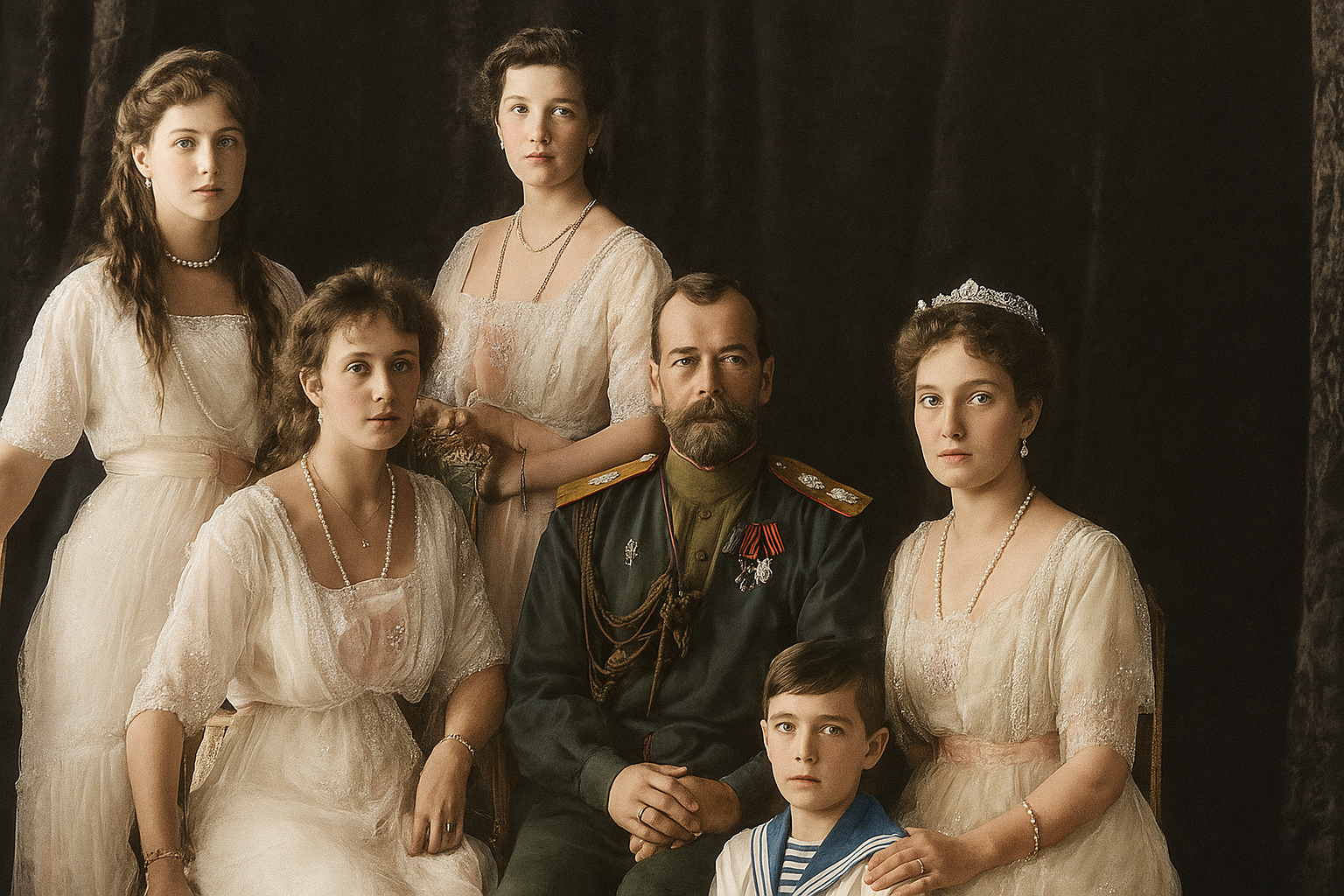2. Alexis I: Reforms and Rebellions

Ascending the throne in 1645, Alexis I, son of Mikhail, pursued ambitious reforms aimed at modernizing Russia’s governance. He introduced a comprehensive law code, the Ulozhenie of 1649, which centralized authority and solidified serfdom, shaping Russian society for centuries. However, Alexis’s reign was marred by significant unrest, notably the Salt Riot of 1648 and the Copper Riot of 1662, sparked by economic hardship and oppressive taxation. Despite internal turmoil, Alexis effectively suppressed revolts, reinforcing autocratic power. His reforms and struggles underscored the ongoing tensions between centralized authority and societal discontent, themes that would persist throughout the Romanov era.






















